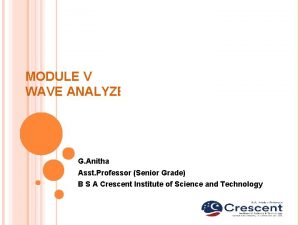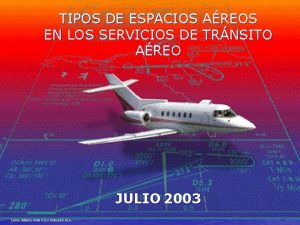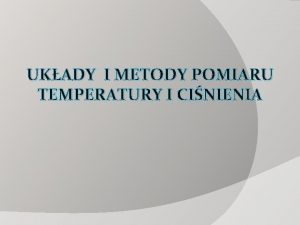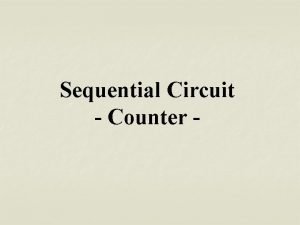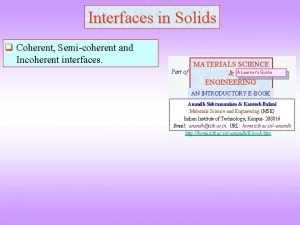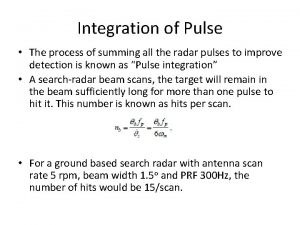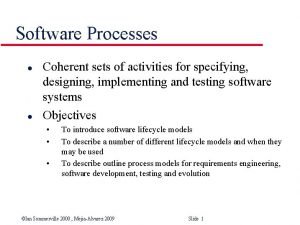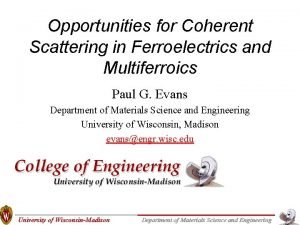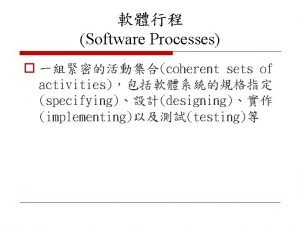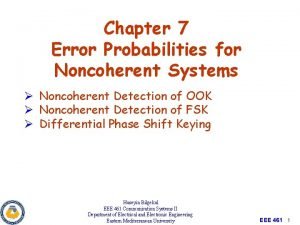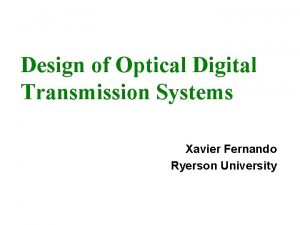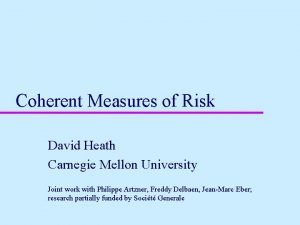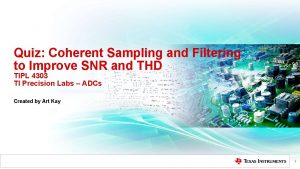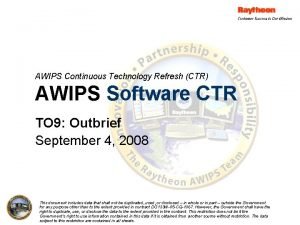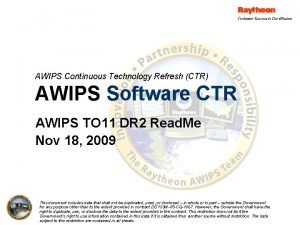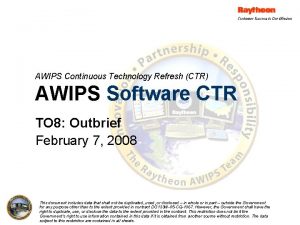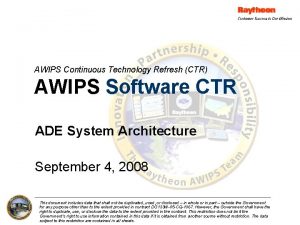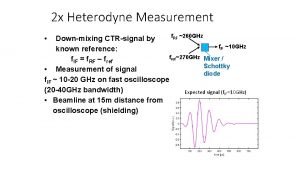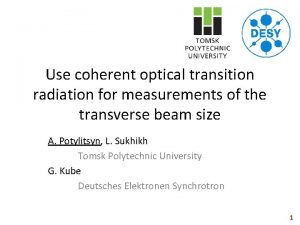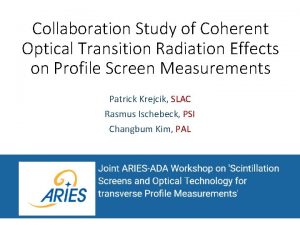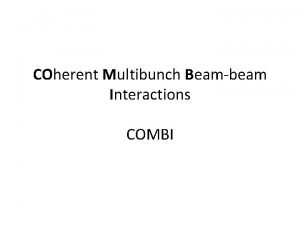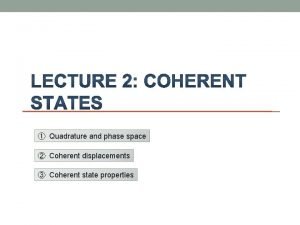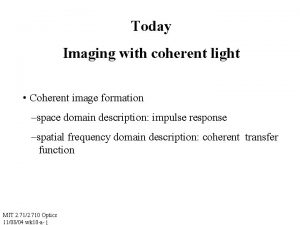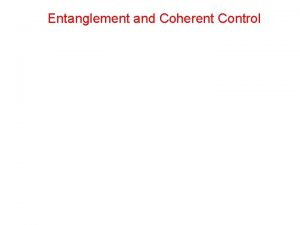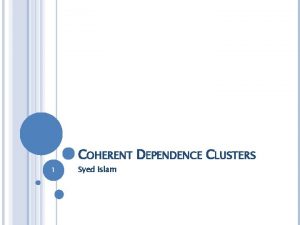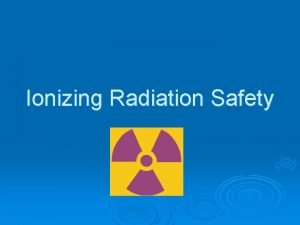Heterodyne measurement of Coherent Transition Radiation CTR from





















- Slides: 21

Heterodyne measurement of Coherent Transition Radiation (CTR) from Seeded Self-Modulation (SSM) in AWAKE Falk Braunmueller, P. Muggli, M. Martyanov, F. Batsch, K. Rieger, A. Caldwell & AWAKE team 27 September 2017 3 rd European Advanced Accelerator Concepts Workshop Elba, Italy

Outline - Setup of heterodyne CTR-measurements - Measurement principle - Measurement processing - Main result: f. CTR = fplasma(n. Rb) - Further results: Dependence of SSM on Rbdensity gradient 2

SSM-Diagnostics via CTR Coherent transition radiation @ fmodulation (90 -280 GHz) preliminary Modulated p+-bunch OTR OAPmirror CTR F. Batsch, Poster session 19: 30 Courtesy: T. Haubold preliminary Coupled into WR 90 waveguide 15 m transmission

SSM-Diagnostics via CTR Coherent transition radiation @ fmodulation (90 -280 GHz) Modulated p+-bunch OTR Frequency: Heterodyne mixing OAPmirror 15 m transmission Courtesy: T. Haubold Amplitude: Schottky diodes Laser-based Waveguidebased

Diagnostic setup End of transmission line • 3 Heterodyne receivers for CTR: - Laser-based mixing presentation) (last Mirror - WR 8 / 90 -140 GHz: Radiometer. Beam splitter systemnew - WR 3. 4 / 255 -270 GHz: VDIsystem from EPFL | replaced by WR 4. 3/170260 GHz system August June • Can detect 2 nd harmonics of fmodulation 5

Measurement principle Signal: Intermediate frequency: f. RF ~260 GHz f. IF ~10 -20 GHz Reference: fref~270 GHz • Expected signal (f. IF=10 GHz) Mixer fref from frequency-multiplication of tunable local oscillator fref = nharm f. LO è Also mixing with weaker parasitic reference frequencies fref = nharm, 1 f. LO. (nharm, 1= nharm +/-1 , …) è Confirm that signal on oscilloscope is from mixing with correct reference frequency: fix • f. IF= | f. RF – nharm f. LO| measured setting to be determined nharm = ∆f. IF/∆f. LO 6

CTR-signal from mixer • Short signal, close to expected length • Very precise • Strong single-frequencycomponent (find via spectrogram) f. IF 7

Data-selection Choice of useful data: • Signal level large enough, 40 m. V e. g. > • Use only ‘prominent peaks’: Significantly higher than other IFpeaks Previously: selection ‘by eye’ (shot-to-shot variation of parameters) 8

CTR-analysis Fit f. IF vs. f. LO to check nharm In general, expected nharm =8 / 12 / 24 is confirmed (sometimes ambiguous) f. RF = nharm f. LO +/– f. IF Average & standard deviation of f. RF (here: 255. 9 GHz +/- 1. 4 GHz) Unclear if from change of CTR-freq. 9

Results of CTR-analysis Result: f. CTR vs. n. RB f. CTR = fplasma(n. Rb) Error bars: Std + 1. 5 GHz vapour è SSM with f. CTR=fplasma as predicted è Rb fully ionized • Good match between fundamental & 2 nd harmonics proof that correct nharm(f. LO) was chosen • Excellent fit result: parameters within 0. 3% • Error analysis incomplete Preliminary result (95% confidence of fit on mean) 10

CTR-amplitude (WR 4 -system) (Standard dev. ) • Preliminary result Amplitude increasing with beam-charge ECTR~q, but: - SSM-amplitude affected in nontrivial way - Emission angle & coupling may be affected è Promising for future analysis 11

f. CTR-dependence on n. Rb-gradient 10% gradient 138 GHz 10 m Preliminary result Negative Gradient: f. CTR=129 GH z~const. 12 131 GHz 12 5% gradient 134. 5 GHz 10 m 131 GHz Moving average Evolving interaction over several meters! • Frequency increasing with positive gradient, but basically constant with negative gradient Explanation from SSM?

SSM-Dependence on n. Rb-gradient No/Small gradient microbunches reach less far f. RF~fplasma(end) Preliminary result & possibly varying parameters ξ along bunch [a. u. ] Negative Gradient: f. CTR=129 GHz≈const. 10% gradient Check with simulations ? ! fplasma Gradient >5%: - Microbunches longer visible after seeding - f. RF corresponds more to fplasma(end) entry 131 GHz 13 138 GHz 10 m

Summary • Several successful upgrades of heterodyne CTR setup • Consistent results after data down-selection • Very successful measurement of f. CTR=fplasma(n. Rb), confirming full ionization + character of SSM • Clear correlation between beam charge & signal amplitude • Investigation of self-modulation physics: - f. CTR=fplasma(n. Rb, downstream) for positive n. Rb-gradient - Longer persisting microbunches • Analysis to be continued Preliminary results longer interaction? 14

Thanks for your attention! Acknowledgement (255 -275 GHz-system): Work supported by Requip, Sinergia and (No: 200020 -120503/1), grants of the Swiss National Science Foundation, by the Ecole Polytechnique Federale de Lausanne (EPFL) and by Faculty of Basic Sciences of EPFL.

Additional slides 22. 10. 2016

Analysis/Measurement To-Do-List - Apply criterion of prominent peak to all points - Analysis of signal amplitude: need to correlate with ‘good shots’ from streak camera & two-screen halo. BTV • Frequency-variations correlated with alignment/ angle of p+-defocusing/… ? - Ratio of signal amplitudes V(2 nd harmonics)/V(fundamental) vs. p+ charge • idea: more non-linear stronger 2 nd harmonics? 17

Measurement principle • f. RF = nharm f. LO +/– f. IF to be determined known measured f. RF=100 GHz Find nharm by scanning f. LO: nharm = ∆f. IF / ∆f. LO f. RF=260 GHz

Heterodyne Measurement • Measure intermediate frequency (IF) between CTRsignal (RF) and known reference • Reference signal from frequency-multiplied tunable local oscillator (LO) • Waveguide Transmission of RF over 15 m VDI heterodyne receiver from • Small measurement bandwidth Swiss Plasma • Good signal efficiency Center (SPC) at EPFL (Lausanne) ~10 -20 GHz out RF in Reference

Waveguide Transmission Line - Detector behind shielding wall - 15 m of overmoded waveguide WR 90 (fundamental mode 812 GHz) E-field polarization

Measurement principle • f. RF = nharm f. LO +/– f. IF to be determined known measured fixed f. LO f. RF=100 GHz Single f. RF with fixed f. LO can give several f. IF-signals Signal frequency must be constant to within 1 -2 GHz! f. RF=260 GHz nharm f. LO = f. RF
 Heterodyne wave analyzer
Heterodyne wave analyzer Heterodyne wave analyzer
Heterodyne wave analyzer Sys ctr endpoint protection
Sys ctr endpoint protection Prezentare google
Prezentare google Jdr ctr impact factor
Jdr ctr impact factor Athens tma vfr routes
Athens tma vfr routes Clases de espacio aereo
Clases de espacio aereo Miernik rychlosti
Miernik rychlosti 74hc161 counter circuit
74hc161 counter circuit Ecotest gamma sapiens
Ecotest gamma sapiens Semi-coherent
Semi-coherent Coherence and cohesion
Coherence and cohesion Pulsed coherent radar
Pulsed coherent radar Evolutionary software process models
Evolutionary software process models Coherent scattering
Coherent scattering Coherent text
Coherent text Coherent ui a modern user interface
Coherent ui a modern user interface Probability of error for non coherent fsk
Probability of error for non coherent fsk Coherent detection in optical communication
Coherent detection in optical communication David eber cmu
David eber cmu Coherent sampling
Coherent sampling Definition of paragraph writing
Definition of paragraph writing
